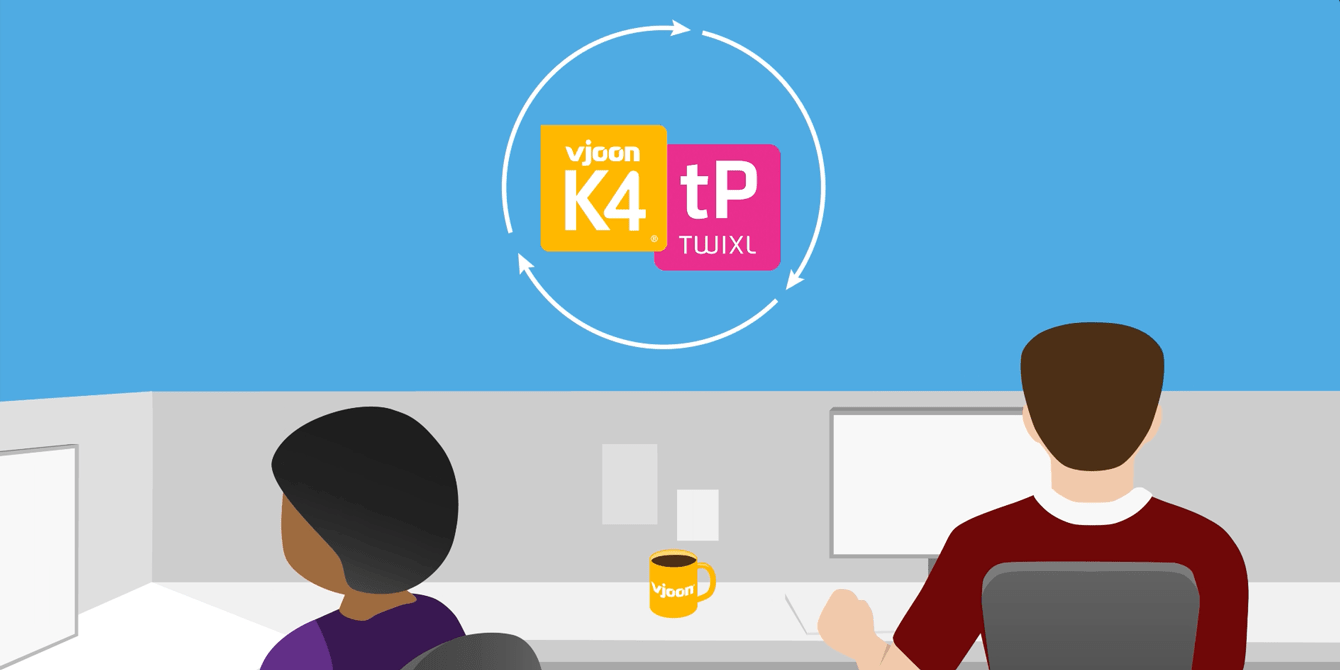
Q&A: Twixl & vjoon – Developments in mobile publishing
Mobile publishing is changing so fast, it’s a challenge for publishers to keep up. Holger Kraemer of vjoon and Twixl’s Laurent Gerniers, both experts in mobile strategies, look at some of the key decisions publishers need to make.
Q: Mobile apps have been around for some time now; much has changed. What’s the current state of play?
A (Holger/ vjoon):
Digital editions have long been a focus for publishers, however, with the rise of smartphones, new possibilities to enrich content have presented themselves, especially for apps. To achieve that, publishers have had to partially reorganize their offerings or even switch to new production paradigms, like ‘digital first’.
That the customer of tomorrow is reached via mobile has been well understood by many publishers and they have adapted accordingly. We see that readers expect more and more exclusive content on mobile devices. Video is becoming increasingly important but it’s complex and costly to produce.
Communication and marketing departments also want to reach their target groups via mobile channels and are looking for strategic solutions to bring their annual reports or customer magazines simply and efficiently to mobile devices. In our experience, automation can help to implement and streamline complex, ambitious projects to enrich content, thereby greatly reducing the pressure on staff time.
Q: What are the biggest questions publishers face in producing mobile editions?
A (Holger/ vjoon):
The big choice is: pixel-perfect design vs universal templated layouts via HTML. Both approaches have their advantages and disadvantages. Many publishers will operate on a case-by-case basis. New technologies are driving higher expectations; whether they can meet those expectations remains to be seen. Some of our major customers are working with InDesign because they have many years of experience working that way and have accumulated a lot of expertise in this area. They have a great passion for detail.
Equally important is that these companies have existing workflows and well-balanced revenue models, which they will not discard lightly for what they see as a still unproven technology. But as said above, it is a case-by-case decision. Certainly, it makes sense to push content for recurring layouts (eg. newspapers) into HTML templates. As already mentioned, readers expect exclusive content if they are buying a digital edition for mobile devices. In order to achieve this creative excellence, new teams have to be formed. Maybe you need an extra video professional? For cost-efficient production, these teams must then integrate with existing workflows in a lean way.
Collaboration is critical. Here, a lot of work can be done via automation which enables new ways of content production and accelerates the time to market. Looking at how disruptive technologies affect our daily lives, publishers are well-advised to keep their systems “open” for new technologies. Every cross-media publishing platform should be able to integrate new technologies in the future.
So, you should ask yourself to what extent do your existing production processes allow for the easy integration of third-party systems? Another question regards the monetization of mobile editions, which can be problematic, especially when the costs of mobile content creation are not clearly defined at the beginning. Revenue models must then be adapted or production cost lowered, often to the detriment of content quality. At this point, I usually recommend publishers save time and money through automation. Money saved can then be invested in mobile content.


Q: Do you recommend publishers developing their apps in-house or buying out-of-the-box enterprise solutions?
A (Laurent/ Twixl):
If you develop it yourself, you will probably get exactly what you want, at least that’s the goal, but at what cost and how long will it take you to get there? Not only will you have the initial development costs, but also the costs for the infrastructure and yearly maintenance, not to mention the internal project management costs.
A mobile publishing solution consists of different parts. It allows you to:
- create enriched content
- create an app that can read that content
- determine the look and feel of your app, sell content through the app stores and manage who gets access to which content
- distribute your content worldwide
- manage your content
- gather analytic information
Today, different specialized mobile publishing solutions are available on the market that offer a vast variety of features and functionalities at an affordable price tag. They offer those services under a subscription model at a fraction of the price you’ll need to pay for custom development.
These solutions are not new and have been on the market since the early days of mobile publishing. They have evolved based on customer feedback over the last six or seven years, so they offer most if not all of the features publishers may need. The most common argument for custom development is the need for a very specific feature. To be successful, any out-of-the-box solution needs to be open and flexible. There again, most solutions make it possible to integrate content and functionality through HTML.
These solutions also integrate with external content coming from an editorial system or a CMS, or from an RSS feed. Even if this may sometimes require some custom development, it will still be more cost-effective than a fully custom-developed app. My advice would be to buy experience and still have the option to customize.
Q: What advice would you give publishers to help them assess their mobile situation?
A (Holger/ vjoon):
I would recommend a three-point plan:
- Publishers and corporates should develop a digital strategy that fits their needs; better to do this today, rather than put it off until tomorrow.
- Pay attention to how new processes can be implemented within existing production processes.
- Lean production saves money and automated processes can give you a business advantage! The money and time you are saving can be reinvested in exclusive mobile content.
Watch the video to learn more about vjoon K4 integrated with Twixl Publisher.

